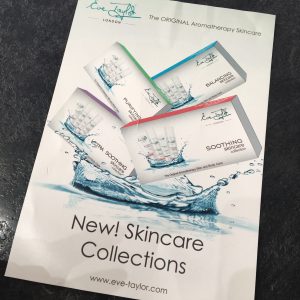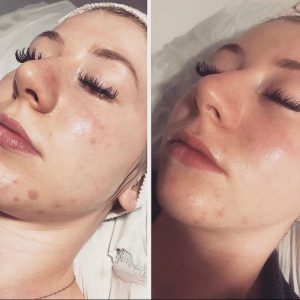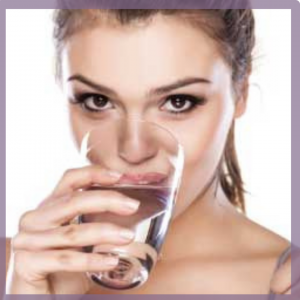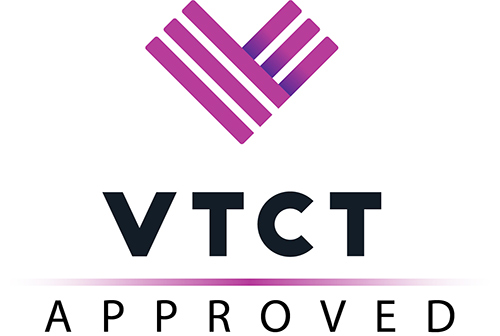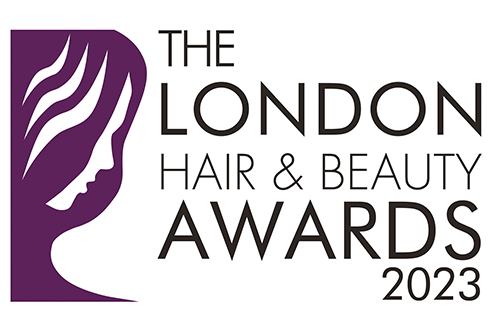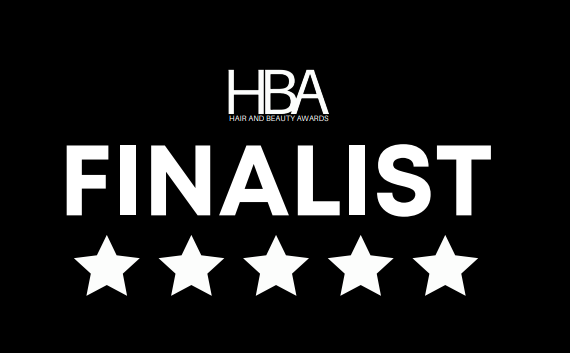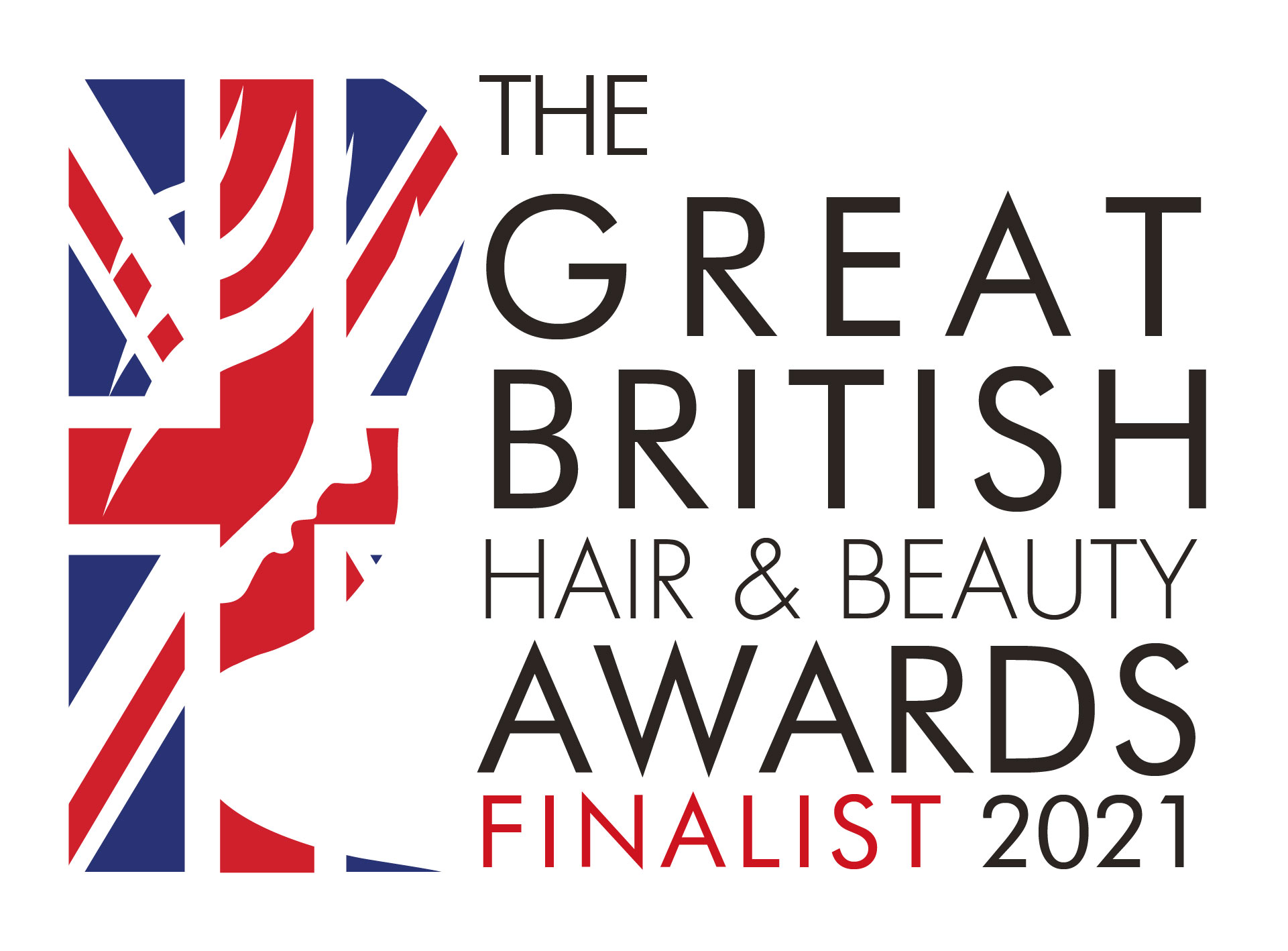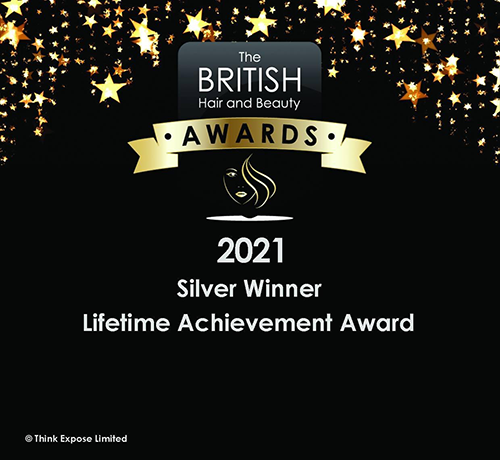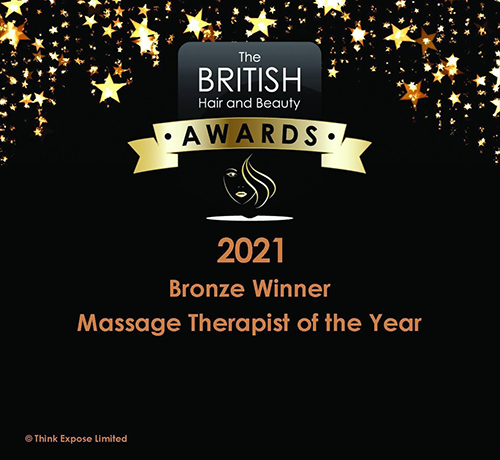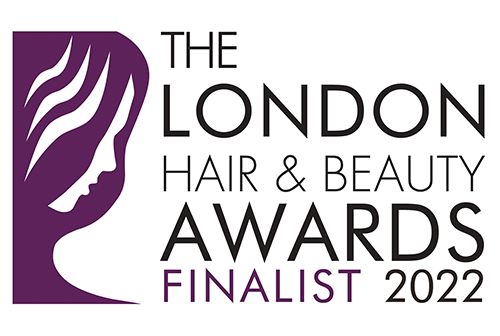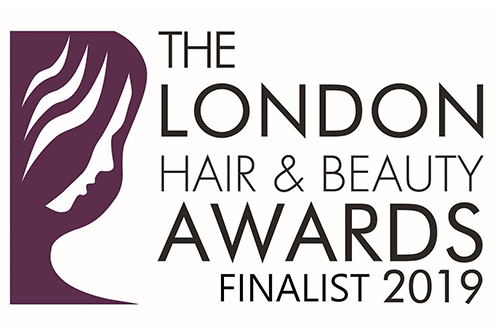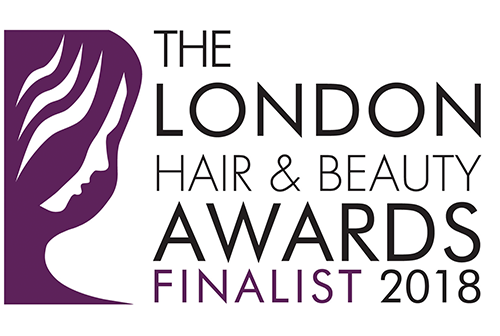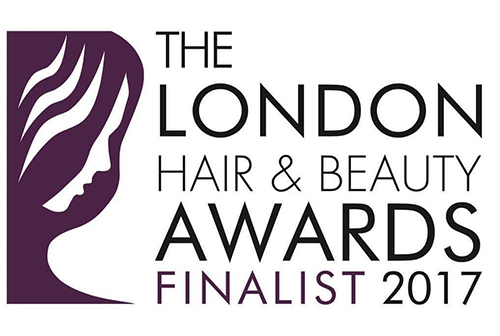Acne: Through your years
Acne is a skin condition resulting from clogged hair follicles present under the skin. It presents itself as small or large, red lumps on the skin which can sometimes be painful and pus filled in some cases.
What is Acne;
Acne is a product of inflammation or infection in the skins sebaceous glands. Our skin naturally produces an oil called Sebum. If the gland produces too much oil, we have oily skin. Whereas when we do not produce enough, we have a dryer skin. Acne occurs when the hair follicle is clogged over with sebum, dead skin cells or a build up of bacteria. One this builds up, its results in acne lesion which is known as a commedone, a giant white pimple. Although pustular acne is painless, it can appear quite nasty and noticeable. You can see why having a great balance of oil production can affect your current skin condition.
Skin Types VS Skin Conditions;
Have heard your skin professional talk about your skin type and conditions but have no idea what it means? Skin types are something you are born with. It will be what your skin is mostly like all the time, whereas a condition is something that can come and go depending on many factors. These can be factors from the environment, diet, medication, the climate and elements
The main skin types are Dry, Oil and Normal but you can be one more, making the fourth skin type, combination. Skin conditions can be anything from sensitive, ageing, dehydrated, pigmented and acne.
Acne in your Teens;
Teen breakouts is part-genetic, part-hormonal and greatly related to puberty. Teens typically break out on the face, chest and back, and have more blackheads and whiteheads than adults do. Such breakouts often arise because androgens, the “male” hormones that both male and females have, surge during adolescence, causing excess production of sebum. Those with PCOS will have a higher androgen hormone so will have an increased chance of acne.
Teens have faster cell turnover and more resilient skin than adults, which means they recover quickly from breakouts. After the teen years, breakouts tend to improve because teen hormonal changes have balanced and no longer fuel breakouts.
Adult Acne
Breakouts are no fun at any age but knowing how they behave in your adult years can help you stay in the clear.
In today’s world, chronic stress, hormonal changes, a busy lifestyle, and an increasingly polluted environment can lead to more adult breakouts, congestion, and uneven skin tone. In general, skin cell turnover rate slows down with age, so adults are slower to heal from breakouts than when they were teenagers. This helps explain why post-breakout marks stay around a lot longer than they used to.
To clear adult acne, first focus on reducing chronic stress. This is a top acne trigger because it can stimulate excess oil production and hormonal fluctuations as well as impair the skins’ ability to heal.
Second, establish a good skincare regimen that targets the main contributing factors to acne. Excess oil, treated with a good make up remove and cleanser to remove dirt and make up, exfoliation to speed up cell renewal, helping ageing and build-up of bacteria, a toner to close the pores, finishing with a moisturiser to aid oil control.
Top tips on how to treat Acne
- Use a spot treatment on those inflamed pustules to reduce redness and aid with post inflamed scarring.
- Avoid picking or squeezing, which ca result in more breakouts, scarring and redness.
- Adult skin can lose its ability to retain moisture with age. Avoid over-drying the skin and choose products that contain ingredients such as Salicylic Acid or Glycolic Acid to help remove dead skin cells, excess oil, and dirt, as well as Thymol and Terpineol to control bacteria.
- Treatments from a professional skin therapist such as microdermabrasion and chemical peels can speed up results. Skin Peels are the best for Acne along with helping fine lines and wrinkles!
- A non-comedogenic moisturiser will not block pores, look on the label of your bottles to confirm if this product will help you.
- Look at your diet and how you can include this more. Think about the food you put into your body as to what will come out. The greasier foods, the more this will aid oil production.
- Take a supplement such as vitamin C, to work from the inside out. Vitamin C supports tissue growth and repair, as well as protecting against various infections. To fight acne, you should take 1,000mg three times a day. Vitamin C should be taken with the B vitamins because it causes them to work more effectively.
Vitamin A works with your body to strengthen the skin tissue. It also reduces sebum production that can clog pores and irritate skin.
Summery
Acne can change from your teens through to adults. Different factors can cause breakouts and its important to work from the inside out, starting with your diet and vitamins, stress, skincare routine and professional treatments to help your current skin condition.
Read more on Zookis website here What Is Acne? A Beauty Therapist’s Essential Guide | Zooki (yourzooki.com)
